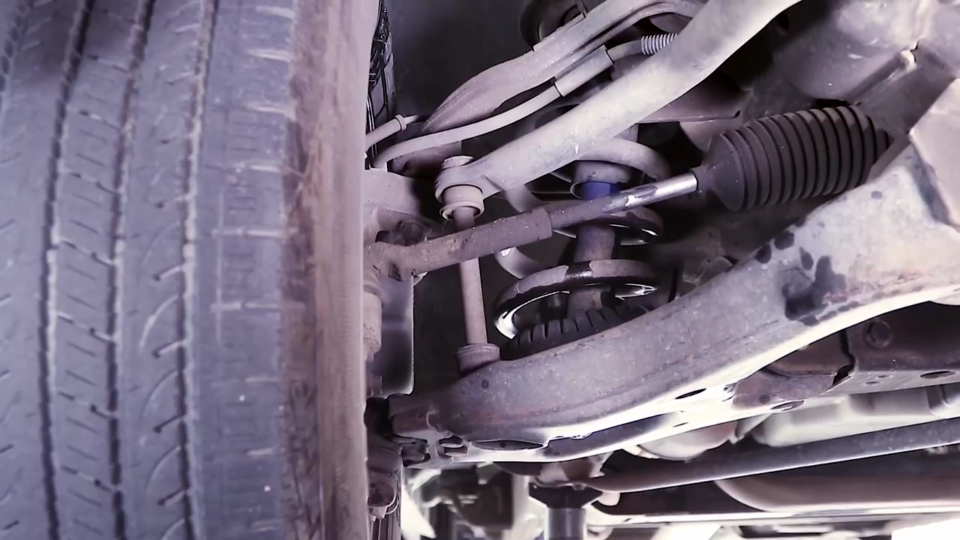Driving on worn shocks is a real concern that is rarely addressed. Because wear damage happens gradually with shock absorbers, people tend to adjust their driving style to suit the changes and never feel the need to replace their hardware. Potholes and abuse on the public road give shocks a real workout, as do the compression and curb-hopping on the track. Replacing them when necessary makes a world of difference — not only in areas of performance, but also in general ride quality, safety, and peace of mind. Eibach is a leader in the shock category, and in this video they give us a few things to look out for to know you have worn shocks.
See-Sawing
Familiar to most of us is the telltale see-sawing of a car with shocks getting a little long in the tooth. As the shock cannot control the spring anymore, the rebound and compression peters out slowly until the platform eventually stabilizes. This limits braking efficiency, limits body control, and wears tires unevenly. In fact, premature or uneven tire wear are signs of a worn shock — and this is often noticed only on one side of the vehicle.
Other Signs of Age
Aside from the aforementioned ride condition, there are several other ways to spot a blown shock. Consistently wet shocks are a dead giveaway — though the fluid present needs to be considerable — a certain amount of oil evaporation in the area is normal. Chipped or corroded piston rods also suggest a shock that’s past its prime—as do damaged shock housings.
Eibach’s shocks are designed and built in their facility in Corona, California. Each shock is tested and coated with a high-quality zinc coating in order to stand the test of time. Its shocks include a limited-lifetime warranty. Find the right Eibach shocks for your car, truck or SUV here.




















